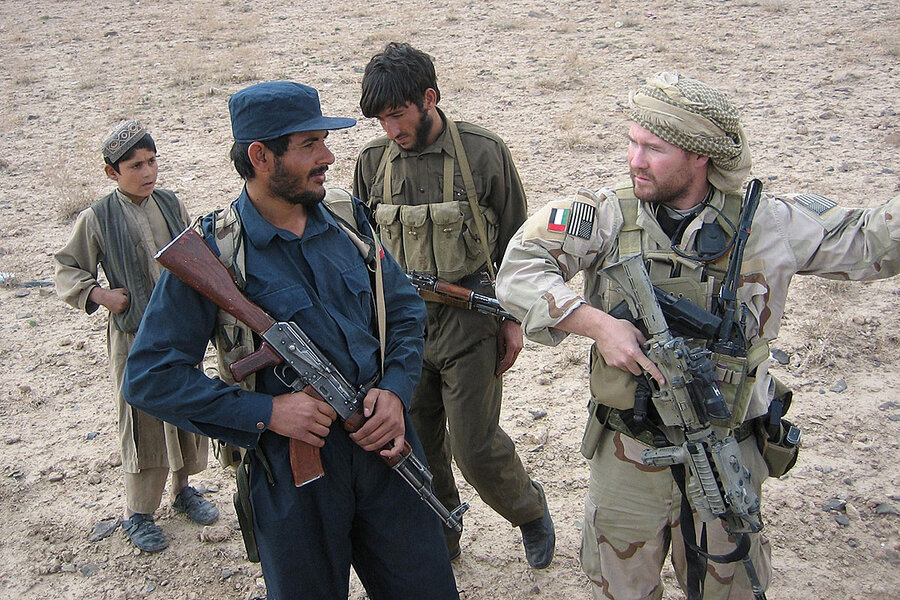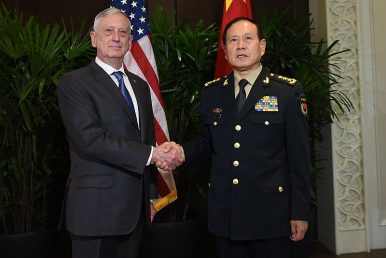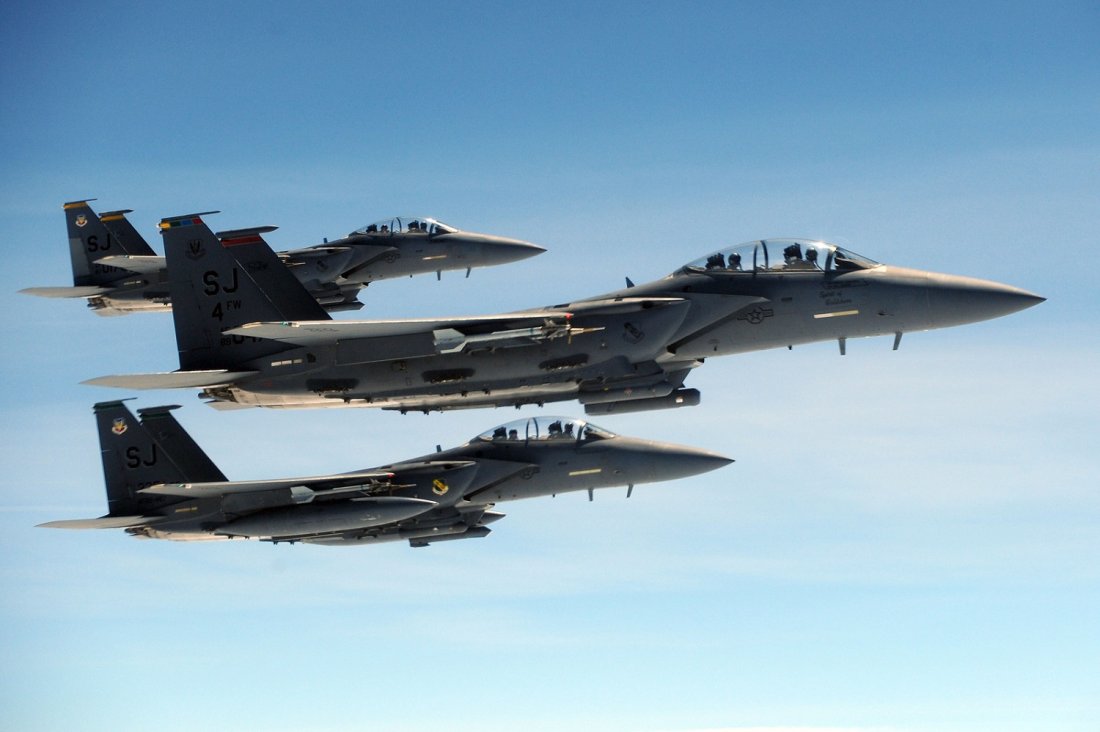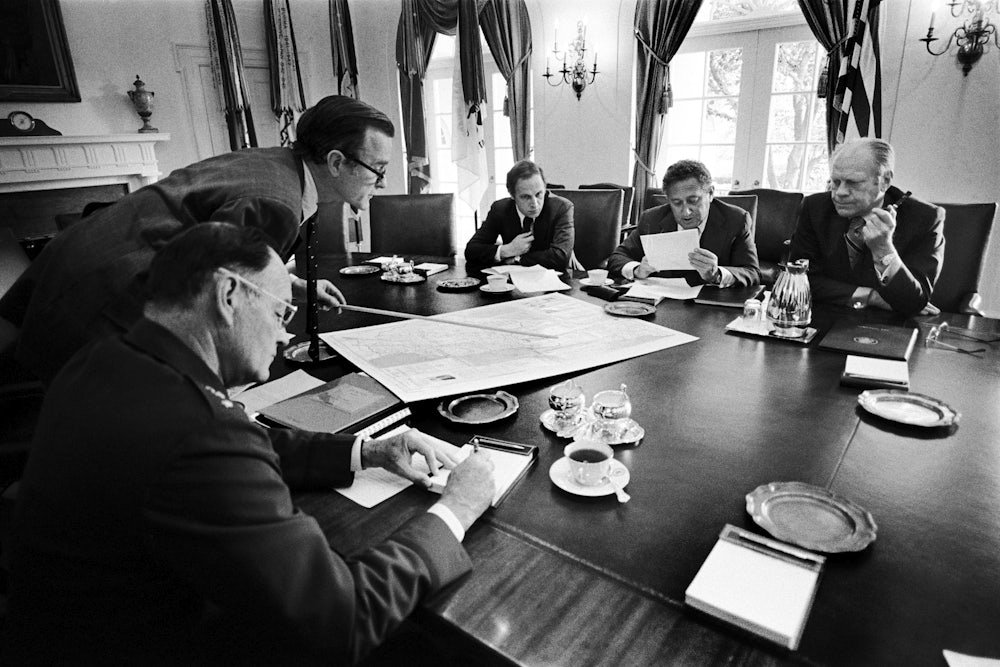Cheng Li and Diana Liang
President Xi Jinping’s populist leadership of China, six years on, has been a lesson in the art of mixing flexibility in tactics and rigidity in ideology—alongside the ultimate goal of growing his own power and that of China. Cheng Li and Diana Liang unpack Xi's domestic and foreign policies and highlight important takeaways for American analysts and policymakers around the world in their search for a more effective approach to China. This piece originally appeared on the Cairo Review.
Conventional wisdom holds that Chinese President Xi Jinping’s domestic governance and foreign policy are ideologically rigid and politically single-minded, incongruent with the reality of both environments. Xi’s doubling down on state capitalism, the abolishment of presidential term limits, Cultural Revolution-style propaganda, the cult of personality, and assertive foreign policy in recent years have all seemed to align with this perception.
However, Xi has blended rigidity in his goals and overarching strategy with flexibility and compromise in his tactics. Although these illiberal trends are undoubtedly central to Xi’s leadership, he has not demonstrated anywhere near the same level of inflexibility as Mao Zedong in policy and has made a number of important accommodations. Examples of this include promoting private sector growth through tax cuts and other mechanisms, opening the business environment for foreign companies, and offering compromises in trade relations with the United States. Equally important, Xi has made efforts to broaden his power base, burnishing his image as the leader of the people by moving away from his previously strong ties with princelings—leaders like himself who come from veteran communist families.
 As global competition with an increasingly assertive Chinese Government expands, the strategic relationship between India and the United States is assuming ever-greater importance. From a superficial perspective, a strategic partnership seems to make a great deal of sense for both countries. Yet, enormous political, cultural, and structural obstacles remain between them, which continue to slow the progress in security cooperation to a crawl, relative to China’s economic and military advances. The authors explore these impediments frankly and suggest practical ways to build trust and establish confidence.
As global competition with an increasingly assertive Chinese Government expands, the strategic relationship between India and the United States is assuming ever-greater importance. From a superficial perspective, a strategic partnership seems to make a great deal of sense for both countries. Yet, enormous political, cultural, and structural obstacles remain between them, which continue to slow the progress in security cooperation to a crawl, relative to China’s economic and military advances. The authors explore these impediments frankly and suggest practical ways to build trust and establish confidence.






/arc-anglerfish-arc2-prod-mco.s3.amazonaws.com/public/AAQCVMPBGJHJ3PBONS65RBKLNU.jpg)






/arc-anglerfish-arc2-prod-mco.s3.amazonaws.com/public/UFZENP6I5RDIPD5GETNURMLQT4.jpg)
/arc-anglerfish-arc2-prod-mco.s3.amazonaws.com/public/4GAYT2ARAVEFRKHUDYRC4TNCLQ.jpg)
/arc-anglerfish-arc2-prod-mco.s3.amazonaws.com/public/OD3SSUDW3BEZDPCNBNIANM6H4A.jpg)
